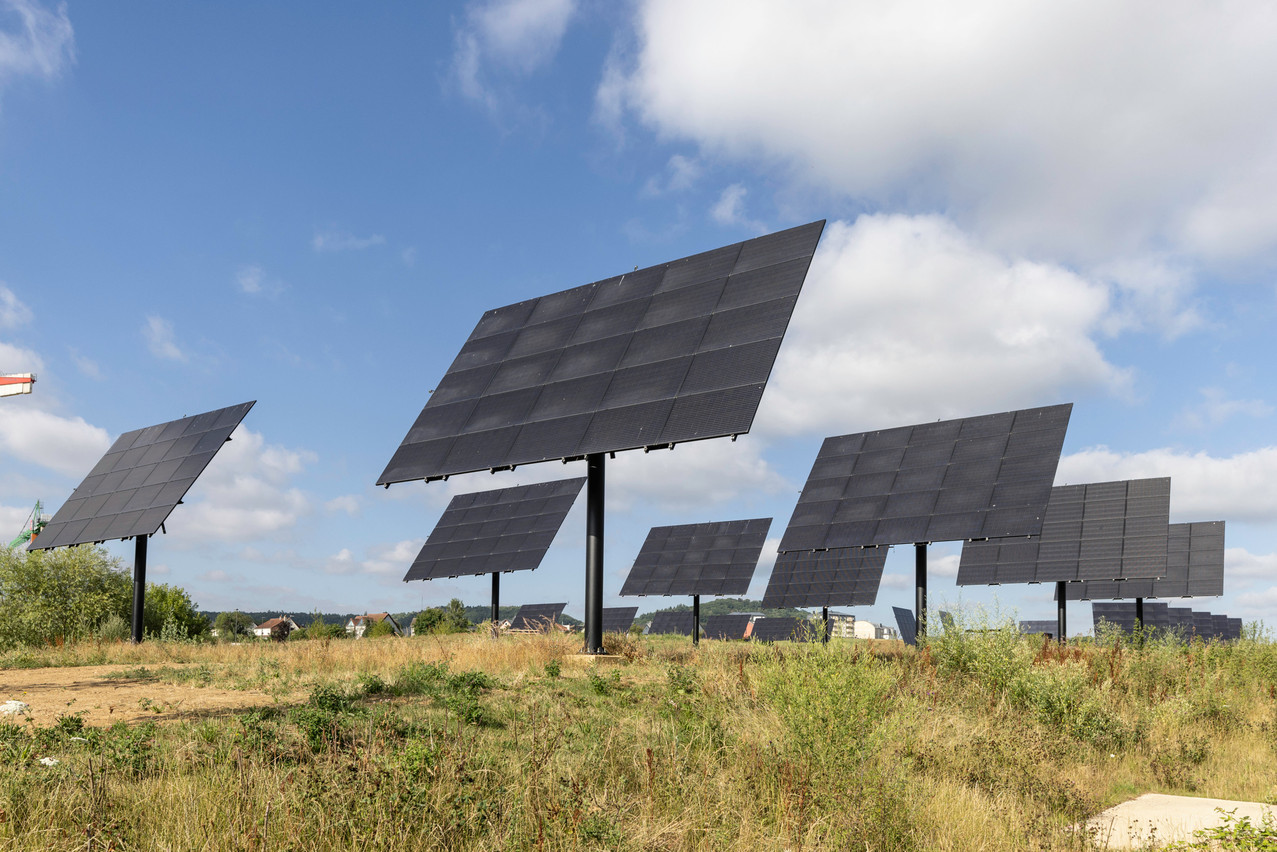Although cumulative SLB issuance reached $147 billion globally and accounted for 10% of the total sustainable bond market by June 2022--up from a share of just 1% at the end of 2020--the so-called coupon step-up appears to have consolidated at 25 basis points rather than to reflect the growing variety of issuers joining the market, Fitch.
“Our analysis of Fitch-rated SLB issuers finds almost no correlation between an issuer’s credit rating and the coupon step-up,” said Melissa Cheok, an analyst at Sustainable Fitch.
Sustainability-linked bonds are bonds for whom the coupon is very often linked to the attainment of predefined sustainability or ESG objectives. The majority of SLBs are structured with a penalty for missing performance targets, often in the form of a coupon step-up.
According to Fitch, however, the degree in basis points of these step-ups fail to vary between issuers.
“Our analysis of Fitch-rated SLB issuers finds almost no correlation between an issuer’s credit rating and the coupon step-up. 'BBB'- rated issuers have the highest average maximum step-up of 41bp on an average bond coupon of 1.45%. In comparison, 'BB'-rated issuers have an average step-up of 28bp on a much higher average bond coupon of 5.27%. Essentially, SLB coupon step-ups do not reflect the issuer’s credit rating. There is also no indication that step-ups are structured based on the ambition of the targets or on the cost required to achieve them.”
Fitch suggests instead that SLBs differentiate their step-up rates to account for variations in the financial, operational and sustainability profiles of issuers.
The ratings agency goes further to point out that step-ups inherently presents a moral hazard for an investor, who can potentially benefit from an improved return on the bond due to a coupon bonus.
Several alternatives can mitigate this, Fitch says in the report, including: committing to purchase a predefined amount of carbon emission offsets; allocating funds to additional green or social capex; or donating specified amounts to a charitable organisation--or even a ‘step-down’ as an incentive to the issuer for good performance.
Indeed, the SLB market is not taking advantage of this suite of structuring options.
“While an SLB can have a variety of pricing adjustments, the vast majority of bonds on the market have chosen a ‘step-up’ paid to the investor.”
A broadening investor base
With no restrictions on how the capital is raised, SLBs have seen a large take up from corporates across different sectors, particularly those that are not able to allocate large amounts of funding to dedicated green or social assets, said Fitch.
Now the issuer base is broadening. “Sovereign and supranational lenders are beginning to consider sovereign SLBs as a way to address fiscal needs and environmental and social challenges at the same time,” said the report.
“Sustainability-linked features are also appearing in other areas of the fixed-income market, such as structured finance and CP.”
Issuers may also combine a use-of-proceeds format with a sustainability-linked pricing adjustment. This structure more directly connects sustainable capex to operational impact, with the issuer aiming to improve one or more quantifiable metrics as part of the investment’s outcome, said Fitch.
This can particularly help transition financing--where the SLB has dedicated proceeds for assets or activities that reduce the issuer’s contribution to climate change but do not qualify as green.
“Transition bonds may appeal to sectors where pathways to full decarbonisation remain limited, such as shipping and aviation; issuers may wish to raise funds for less carbon-intensive activities but cannot do so under a green label,” said Fitch.
The ratings agency points to a 2021 Stanford University working paper which identifies the “absence of a focus on the firm-level commitments and progress” as a greenwashing risk for transition financing.
“We believe SLBs are well-suited to provide more structure to the transition debt market, as they are based on firm-level commitments,” said Fitch.
The fast-growing nature of the market demands better sustainability KPIs, however.
“The lack of clear guidance on the suitability of performance targets at the product’s launch creates a knowledge vacuum for both issuers and investors,” said Fitch.
“This is particularly the case for targets without science-based or policy benchmarks.”
The International Capital Markets Association provided a June 2022 update to the Sustainability-Linked Bond Principles to provide more clarity to market participants. The KPI Registry includes 300 illustrative KPIs covering 22 sectors and a "sector materiality matrix" to help identify the relevance of key sustainability themes.
However, when Sustainable Fitch reviewed the first 30 SLB issuers in the market and their bonds’ KPIs, it found that just under half of them included a KPI designated as core to the economic activity under ICMA’s registry. Another 18% had a core KPI that was only partially fulfilled, such as greenhouse gas emissions with scopes 1-2 intensity when the recommendation includes scope 3.
“It can be difficult for investors to determine a target’s ambition or compatibility with corporate sustainability strategy without a more comprehensive framework,” said Fitch.
